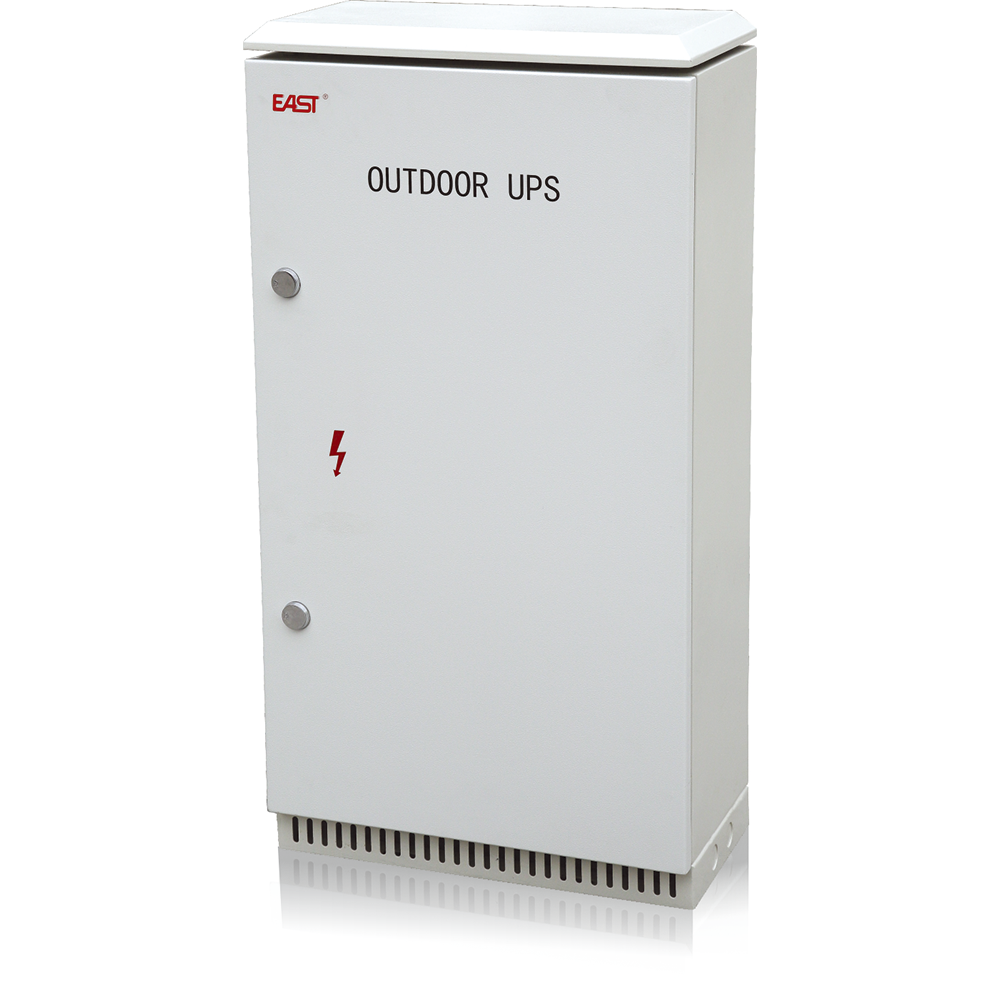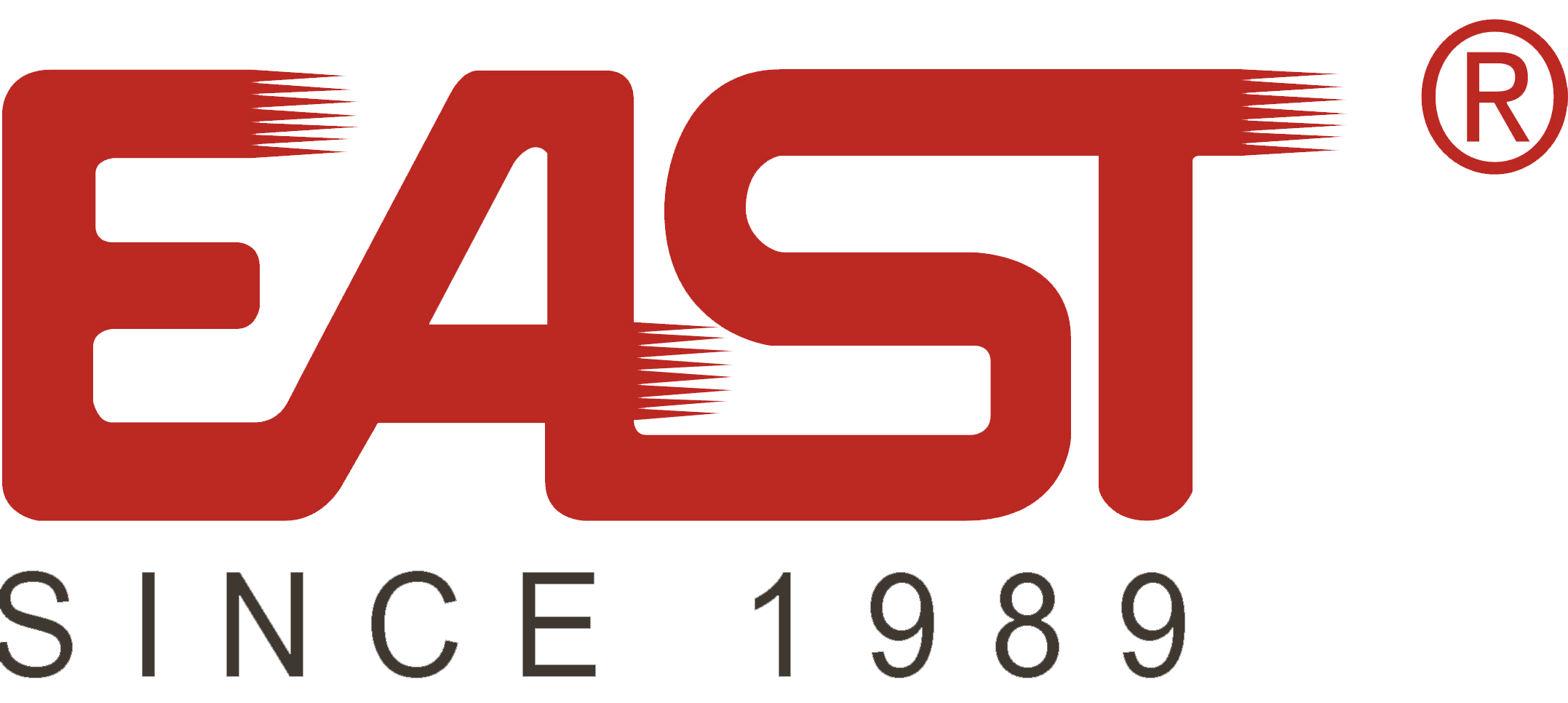Email format error
Email cannot be empty
Email already exists
6-20 characters(letters plus numbers only)
The password is inconsistent
Email format error
Email cannot be empty
Email does not exist
6-20 characters(letters plus numbers only)
The password is inconsistent


Line Interactive UPS vs Online UPS: Which One Should You Choose for Your Power Protection Needs?
When you need to keep your devices running without power interruptions, choosing the right Uninterruptible Power Supply (UPS) is important. Two common types of UPS systems are Line Interactive UPS and Online UPS. While both give backup power, they work in different ways. Knowing how they work can help you pick the best one for your needs.
This blog will compare Line Interactive UPS vs Online UPS and explain the difference between online, offline, and line interactive UPS. We will look at how each type works, their benefits, and their drawbacks. This will help you decide which one is best for you.
What is a Line Interactive UPS?
A Line Interactive UPS works by adjusting the voltage using an internal transformer. It can correct small power problems like brownouts or surges without switching to battery power. The system uses regular power until there is a bigger issue, like a full power outage, at which point it switches to battery power.
This type of UPS keeps the power stable by controlling the input voltage. It only uses battery power when the voltage gets too low or too high. When power comes back, it stops using the battery.
What is an Online UPS?
An Online UPS is different. It always converts the incoming AC power into DC, then back to AC. This means it provides a clean and stable power supply. The system constantly powers your devices using the inverter, even when there is no power failure. So, your devices are always isolated from the regular power supply.
The Online UPS is always running on battery power because it always converts the incoming power. This ensures the power to your devices is steady and free from any problems from the utility power.
Key Differences Between Line Interactive UPS and Online UPS
1. Power Regulation Mechanism
The difference between online, offline, and line interactive UPS is clear in how they handle power problems.
-
Line Interactive UPS: This type of UPS adjusts small power issues, like brownouts or surges. It only uses the battery during bigger power problems.
-
Online UPS: An Online UPS works by changing the AC power to DC and back to AC all the time. This keeps the power steady and clean for your devices.
2. Efficiency and Power Consumption
A Line Interactive UPS uses less power than an Online UPS. It only converts power when it needs to, which saves energy. If you have a small business or home office where power problems don’t happen often, a Line Interactive UPS will be more energy-efficient.
On the other hand, an Online UPS uses more energy because it constantly converts power. This makes it a good choice for places with frequent power problems or for sensitive equipment that needs very stable power.
3. Price Comparison
Line Interactive UPS units are usually cheaper than Online UPS systems. The simpler design of the Line Interactive UPS makes it cost less. If you only need basic backup power for things like computers, this type of UPS is more affordable.
Online UPS systems are more expensive because they provide better protection with constant power conditioning. These systems are better for places where even small power issues could cause big problems, like data centers or hospitals.
4. Response Time and Load Sensitivity
A Line Interactive UPS works quickly when switching to battery power, but Online UPS systems are faster. This is because an Online UPS always powers your devices through its inverter, so there is no delay when the power goes out.
For sensitive equipment that needs instant power, like servers or medical devices, an Online UPS is better. For less sensitive devices, like desktops or office equipment, a Line Interactive UPS will do the job.
5. Protection Against Power Disturbances
An Online UPS provides better protection against power problems like voltage spikes, surges, or frequency changes. Since the power is always coming from the inverter, your devices are protected from any issues with the utility power.
A Line Interactive UPS offers some protection against small power problems but is not as strong as an Online UPS. It works well for mild power issues but might not be enough for larger disturbances.
Pros and Cons: Line Interactive UPS vs Online UPS
Line Interactive UPS
Pros:
- Cheaper and more energy-efficient.
- Works well for small businesses or home offices with minor power problems.
- Provides basic protection against brownouts and small voltage fluctuations.
Cons:
- Not as good for places with frequent or large power problems.
- Does not fully isolate your equipment from utility power.
Online UPS
Pros:
- Gives the best protection against power issues like surges or spikes.
- Ideal for sensitive equipment.
- Completely isolates your devices from regular power.
Cons:
- More expensive and uses more energy.
- May not be needed for devices that are not sensitive to power issues.

How to Choose Between Line Interactive and Online UPS
Choosing between a Line Interactive UPS vs Online UPS depends on a few things: the type of equipment you are powering, how much protection you need, and your budget. Here are some simple guidelines:
-
If you need to protect sensitive equipment, like servers or medical devices, an Online UPS is best. It provides the highest level of protection against power problems.
-
If you want an affordable solution for equipment that isn’t very sensitive, like computers or household devices, a Line Interactive UPS will do the job. It offers good protection without the higher cost of an Online UPS.
-
If you have a business or facility where power problems are common but don’t need top-level protection, a Line Interactive UPS will be a good choice. It offers a balance of cost and protection.

